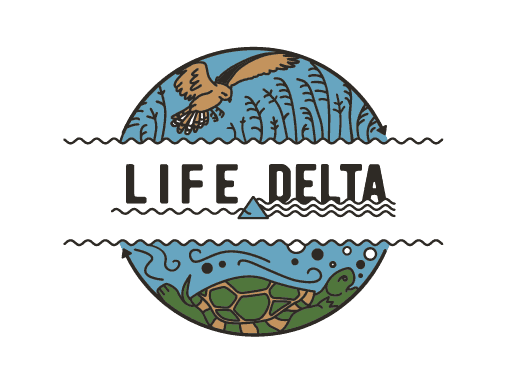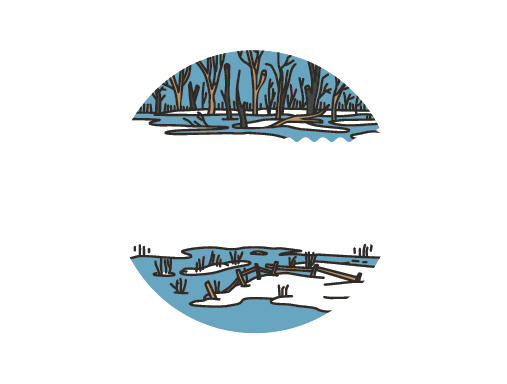
15 Sep Life is returning to Nida. The river will again be inhabited by European pond turtles, newts, toads and clams
Naturalists implementing the Life 4 Delta program want to restore the river to its former life. The first effects of their work can already be seen. Animal species that lived here in the past have returned to Nida.
- Water is a natural habitat for the pond turtle. At one time, the reptile’s habitat included the Nida delta. – In this area it probably occurred until the 1990s. It is the only naturally occurring turtle species in the country, explains ichthyologist Dariusz Wiech.
For several decades, however, there were no reptiles in the river. The turtles did not survive the draining of the Ponidzie area. They can now reappear thanks to the Life 4 Delta programme. The project aims to restore the natural values of the Nida Delta.
We are restoring the environments so that they can be populated by birds, because they cannot be controlled. We are artificially helping to populate these areas with amphibians, because the area was completely dry, so these amphibians are no longer there,” explains Prof. Tadeusz Zając of the Institute of Nature Protection of the Polish Academy of Sciences in Cracow.
Meanwhile, the crested newts have been reintroduced to their natural habitat. Soon the floodplains will also be inhabited by European fire-bellied toads. – What’s most important about this measure is the inland central delta of the Nida River and building water storage capacity so that nature can thrive, says Marek Jońca, a member of the voivodship board.
The river will also be inhabited by thick shelled river mussels, or clams. – One clam in a day is able to filter 40 liters of water, which is really what our purification plants are like. Ecological treatment units,” emphasizes Dariusz Wiech.
The clam has only one leg. It can travel as little as 2 metres in an hour. However, their offspring, attaching themselves to the fish’s bronchi, can travel much greater distances. The presence of so many animal species is supposed to restore the former natural values of the Nida River. – Over time, as we implemented successive stages of the project, this water actually appears more and more in the field,” says Andrzej Struzynski, Ph.D., of the University of Agriculture in Cracow.




